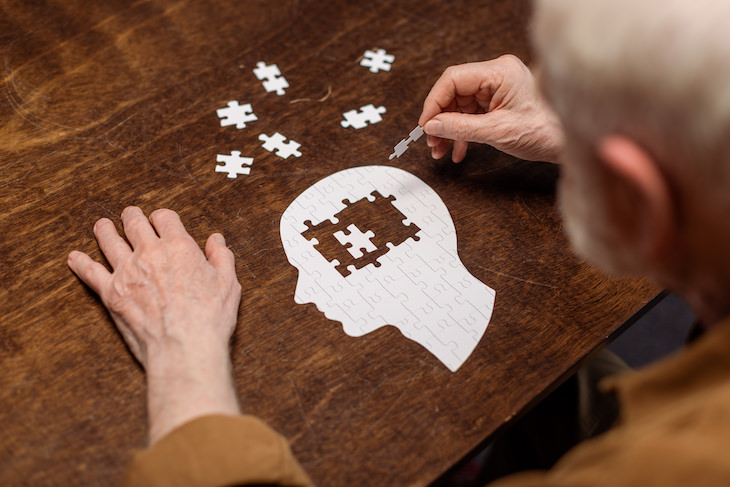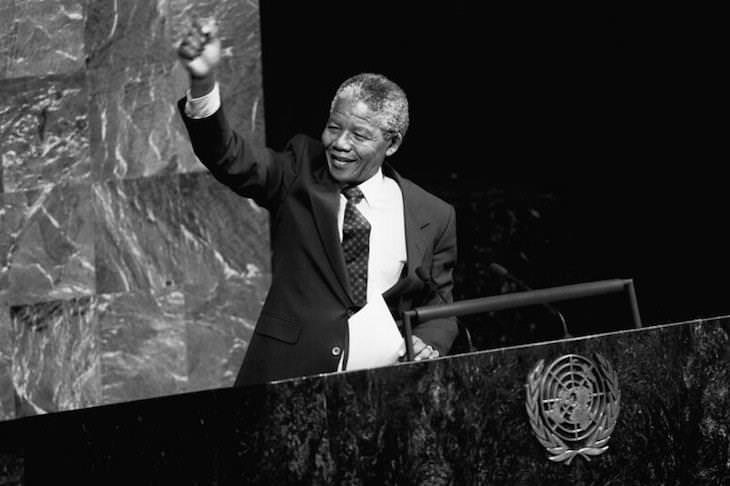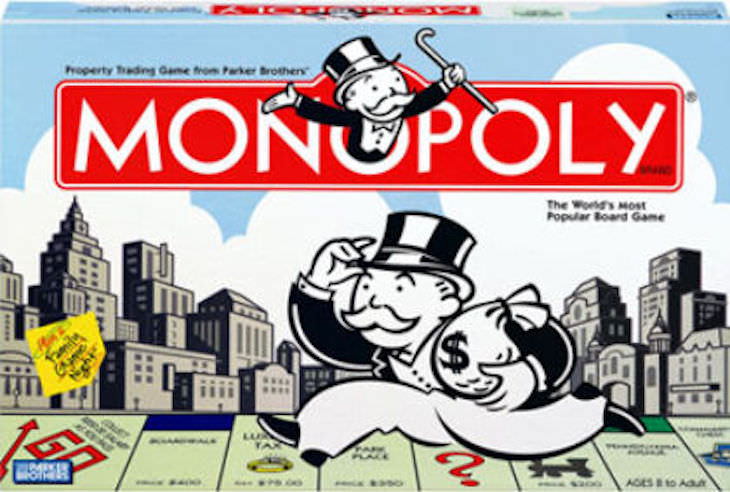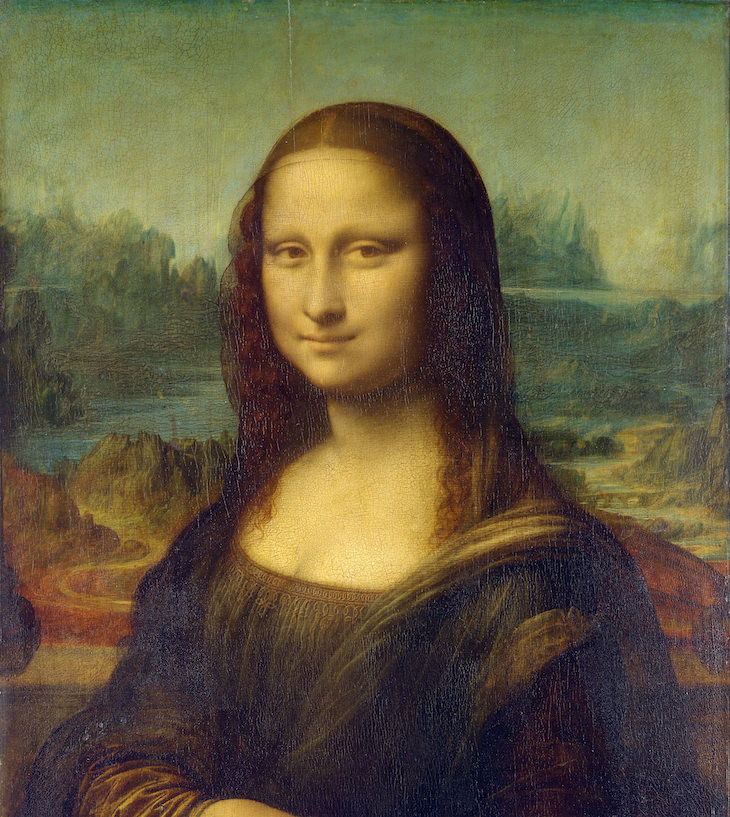
Even if you know nothing about the Star Wars franchise, you have surely heard the iconic line from the 1980 film The Empire Strikes Back, when Darth Vader reveals his identity to Luke Skywalker by saying “Luke, I am your father”. But what if we told you this line was never uttered in the movie at all? You’re not getting it mixed-up. Even the most dedicated Star Wars fans quote this quintessential moment in the movie. What Darth Vader, actually said, however, was “No, I am your father”. How is it possible that so many people share the same false memory? This phenomenon is called the Mandela Effect - a large group of people believing an event has occurred when in reality, it did not.
Collective false memory is not at all uncommon, in fact, there are abundant examples of the Mandela effect occurring in popular culture. In this article, we’ll explore why it happens, and share a few of the most prevalent examples of events people (maybe even you!) swear are true but are actually a product of the brain playing tricks on them.
Conspiracy theorists believe that the Mandela effect is proof of the existence of alternate universes. However, doctors have slightly different explanations for why such vivid collective false memories form.

Another explanation is priming. This term, also known as suggestibility, describes the factors leading up to an event that affects our perception of it. For example, priming is the difference between asking someone ‘Did you take the blue code mug off the shelf?’ rather than asking ‘Did you take anything off the shelf?’. The first phrase describes a specific object, which has a stronger influence on memory, than the open-ended question. Subtle suggestions in wording can have a real effect on a person’s recollection, and hence, their response.
There is one more factor that significantly influences the memories of the masses, and that is the worldwide web. It is no coincidence that consideration of the Mandela effect has grown in the digital age. The internet is a powerful tool to spread information and alongside its many benefits, it also makes misconception and misinformation gain traction much more easily than before. In fact, a large study of over 100,000 news stories discussed across Twitter, conducted over a period of 10 years, showed that hoaxes and rumors won out over the truth every time by about 70%.
The bottom line is, memories are vulnerable bits of information stored in the brain that can be damaged over time. While we’d like to assume our memories are accurate, this is not necessarily the case. Here are a few memorable examples of the Mandela effect in action.

Image Source: United Nations / Flickr
This incident actually led to the creation and popularization of the term Mandela Effect. It was coined by a woman named Fiona Broome in 2019. Broome shared how she was at a conference and had a conversation about her recollection of the dead activist and former South African president Nelson Mandela.
Broome herself, several of her acquaintances, and even a few strangers believed that Mandela perished in prison in the 1980s. In reality, Mandela passed away as a free man in 2013 from a respiratory tract infection. Broome was fascinated by the fact that she wasn’t alone in her erroneous belief. A whole mass of people had an identical memory of an event that never happened. Some even recalled seeing news coverage of his death in prison as well as a speech by his widow. Encouraged by her book publisher, she launched a website called The Mandela Effect to explore similar incidents.

Monopoly has been one of the most popular board games around the world for decades. It’s safe to assume most people remember Rich Uncle Pennybags, or Mr. Monopoly, the mascot featured on the Monopoly pack since 1936.
He is depicted as a portly old man with a mustache who wears a formal suit with a bowtie and a top hat. Some insist that Mr. Monopoly completed his look with a monocle, however that is not true. People seem to conflate him with Mr. Peanut, the advertising logo of the American snack-food company Planters, who does sport a monocle as well as a business attire. That’s our brain can easily take subjects with similar traits and blend them together (there are several studies to support this claim).

Considering Leonardo Da Vinci’s painting Mona Lisa is probably the most famous artwork in recorded history, you might be surprised to learn many people have the wrong recollection of the portrait's subject. It is a common misconception that the Mona Lisa is frowning when in reality she is depicted smiling or perhaps smirking. There is no definitive research on the matter, but it may be the result of confabulation. Renaissance portraits of smiling people are not common so people fill the gap in their memory with other artworks they have seen “Maybe people are just taking the statistical regularity of the [art] environment. People get exposed to a lot of art where people aren’t smiling,” said Brewer.
If you found this article interesting, share it with others!